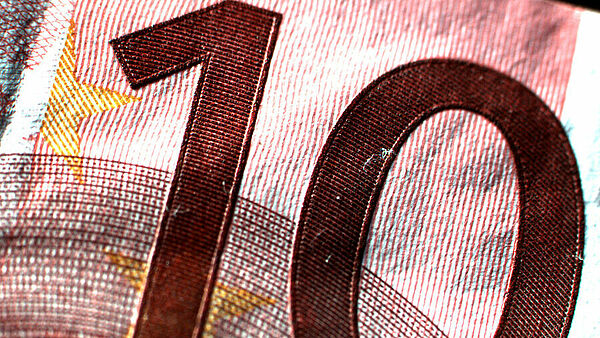Intaglio printing is used as a printing procedure for banknote and document production for almost 200 years. At Institute Industrial IT (inIT) of the OWL University, researchers work since 2007 in the project “Sound-of-Intaglio” on the visual analysis of intaglio printing and how it could be used as a security feature. By now the project was expanded to “Sound-of-Cash”. In a first step the performance of special printing processes for banknote printing were analyzed, in a second step a procedure is developed for an objective quality measurement and a clear identification of the banknotes that circulate globally.
“In the research project Sound-of-Intaglio we could show successfully that the well tangible and also safe intaglio printing can be clearly analyzed with the help of image processing and pattern recognition. As a result intaglio printing became a machine-readable security feature”, explains Professor Volker Lohweg, project manager and board member of inIT about the importance of the intaglio printing for banknote security. Lohweg adds: “The approach could be expanded significantly. We are fully capable to assess also other important techniques in regard to authenticity. The approach could also be used in other fields of image processing – like e.g. medical science or material security.”
The current phase E of the project focusses on adapting the previous findings step by step for a further project development, says Lohweg. This should be realized on a broad hard- & software platform. The Sound-of-Cash-concept is based on image processing algorithms and a framework for detecting intaglio and other printing processes that is registered for patent approval. Similar to a vinyl record, intrinsic information are detected, for distinguishing genuine banknotes from counterfeited ones.
“We succeeded in using different manufacturing and printing processes beyond the intaglio printing for authentication”, so Lohweg. Scientists from inIT use procedures that detect counterfeiting on the basis of printing processes and that do not need classical security features anymore.
Intaglio printing causes an individual print image that could not be imitated by any other printing technique. Nevertheless, counterfeiting happens, how the latest statistics of the German Federal Bank show. The amount of counterfeit money, especially 20- and 50-Euro banknotes, increased by 51% compared with the previous year. “However, the Euro is a secure payment method. Also the security features of the latest banknotes series ensure protection against counterfeiting”, summarizes Lohweg.
The technique for the production of modern, anti-counterfeiting banknotes experiences a rapid development and requires a high degree of specialized know-how. Because of this, banknote producers often consult experts from inIT. For many years a focus of research is set on the production and processing of banknotes. Methods are developed hat are needed for banknote authentication and quality inspection.



